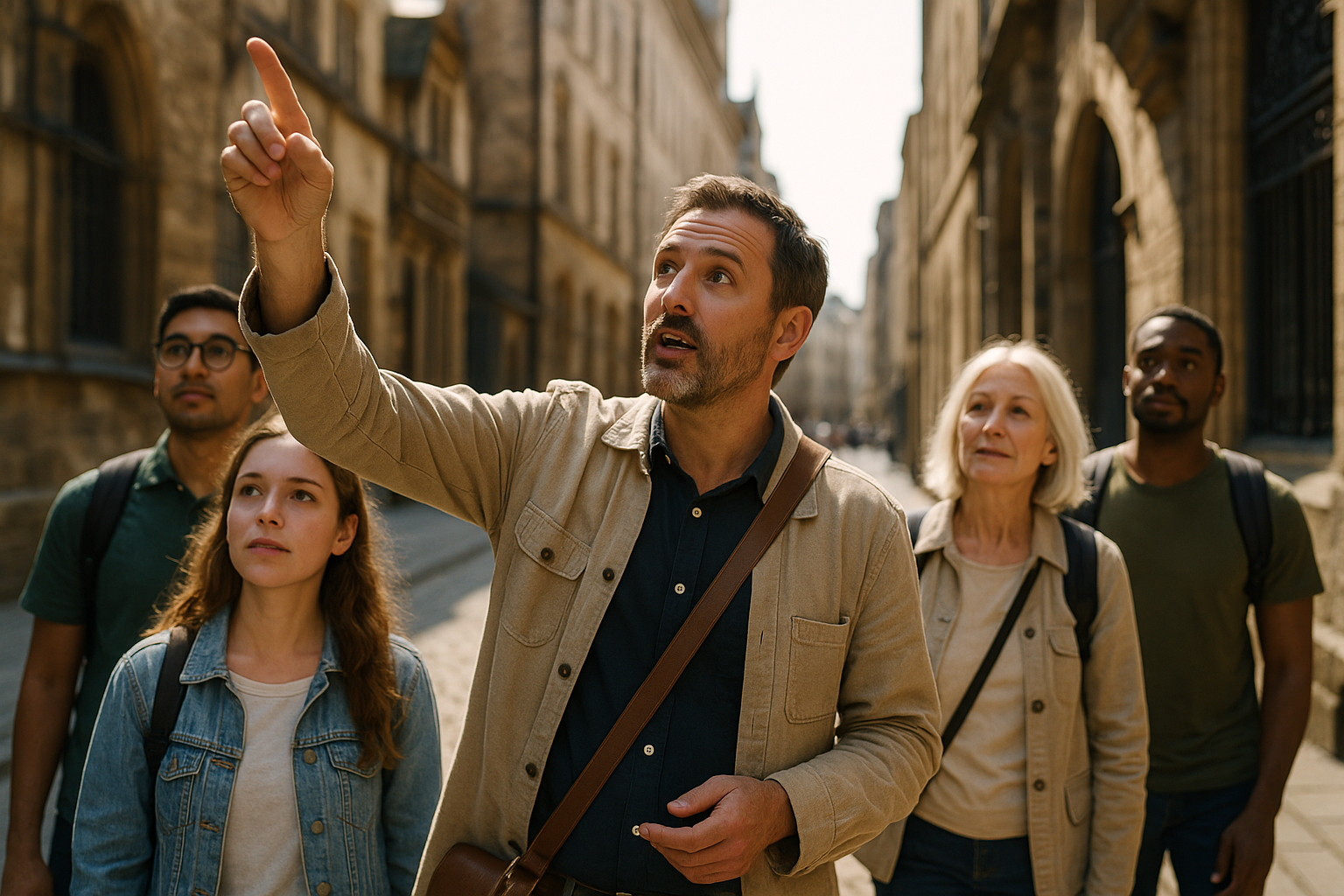Rediscovering the Art of Walking Tours: A Deep Dive into Pedestrian Exploration
Walking tours, a time-honored tradition stretching back centuries, have recently seen a resurgence in popularity. This article takes you on a journey through the history of walking tours, their current trends, advantages, challenges, and their impact on travelers today.

Walking tours have their origins in the European tradition of the grand tour, a rite of passage for young men in the 17th and 18th centuries. Fast forward to the present day, walking tours have evolved into a popular mode of exploration for travelers seeking an authentic, immersive experience.
A Walk Through History
Walking tours have their roots in Europe, particularly in the United Kingdom. In the 1700s, it was common for young men of means to embark on a ‘grand tour’ of the continent as a rite of passage, visiting cultural landmarks and centers of learning. This grand tour often involved a great deal of walking. Over time, these foot journeys evolved into guided walking tours, which became popular in the 19th century.
Today’s Travel Trends: A Return to Walking
In the era of fast travel and instant gratification, the idea of slowing down to explore a city on foot seems almost radical. However, there’s a growing trend among travelers seeking a more authentic, immersive experience. Walking tours offer the opportunity to engage with local culture, history, and architecture at a leisurely pace. A recent survey by the Adventure Travel Trade Association revealed that walking tours are now among the most popular activities for adventure travelers.
Advantages and Challenges of Walking Tours
Walking tours offer numerous benefits. They are environmentally friendly, offer physical exercise, and allow for a deeper engagement with the local culture. They also provide the opportunity to explore lesser-known areas that are inaccessible by car or bus.
However, there are also challenges. Walking tours can be physically demanding, especially in cities with hilly terrain or extreme weather conditions. Accessibility can also be an issue for travelers with mobility limitations.
Impact on Travelers
Walking tours can profoundly impact how travelers engage with a destination. The slow pace allows for a more in-depth exploration, often leading to unexpected discoveries. They also promote a more sustainable form of tourism by minimizing carbon footprint.
On Your Feet: Interesting Facts about Walking Tours
-
Walking tours originated from the grand tour, a rite of passage for young men in the 17th and 18th centuries.
-
Modern walking tours can range from historical tours, food tours, ghost tours, to graffiti tours.
-
Walking tours are not limited to cities. They can also involve hiking in nature reserves or along scenic trails.
-
Famous walking tours include the Camino de Santiago in Spain and the Appalachian Trail in the USA.
In conclusion, walking tours are a timeless travel tradition that has adapted to the modern age. They offer an immersive, eco-friendly way to explore a destination, connecting travelers with local history, culture, and landscapes in a unique way. The trend toward walking tours reflects a broader shift in travel, with an emphasis on slow, sustainable, and experiential journeys.




